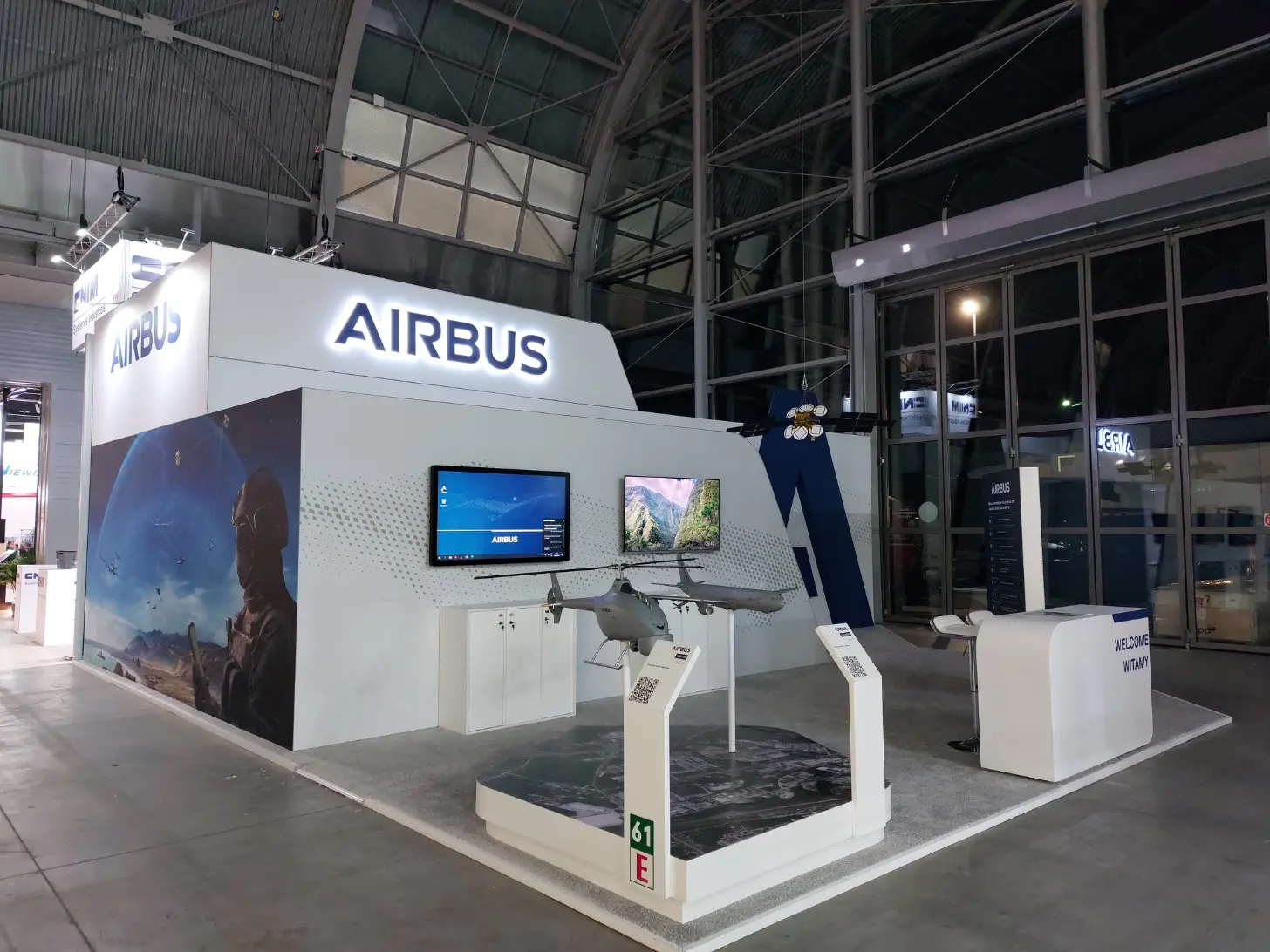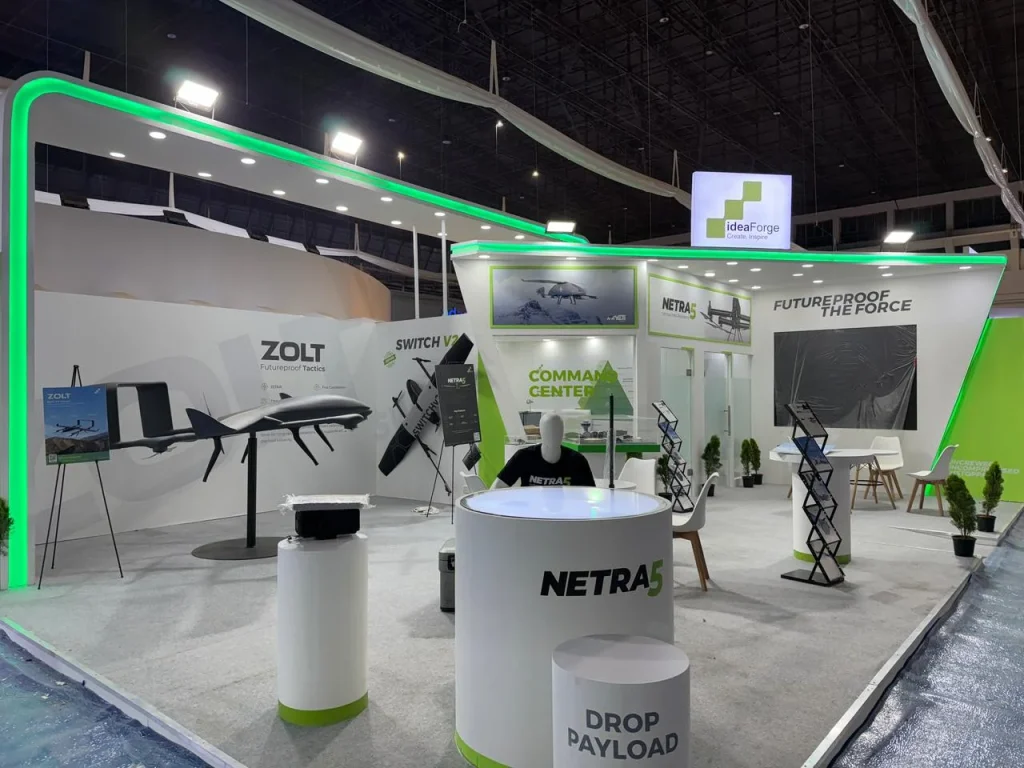
Introduction
Efficient exhibition logistics are key to ensuring that every aspect of your trade show exhibit runs smoothly—from initial setup to dismantling. Managing logistics effectively minimizes delays, reduces unexpected costs, and ensures a successful event. Here’s how to keep everything running like clockwork:
1. Pre-Show Planning: The Blueprint for Success
Successful logistics management begins long before the event. Detailed planning ensures that every element of your exhibit arrives on time and is assembled efficiently.
• Create a Detailed Timeline: Break down all tasks and assign deadlines to ensure nothing is overlooked. Include shipment, labor coordination, and setup timing.
• Logistics Checklist: Draft a checklist that covers all exhibit components, materials, and tools required for the event.
• Coordination with Vendors: Communicate with shipping companies, exhibit builders, and the venue well in advance to avoid last-minute surprises.
2. Shipping and Transportation: Streamline the Process
The transportation of exhibit materials is one of the most critical aspects of exhibition logistics. A minor delay or error in shipping can disrupt your setup process.
• Advanced Warehouse Shipping: Ship your exhibit materials to the venue’s advanced warehouse, ensuring they’re stored safely and delivered on time.
• Labeling and Packing: Clearly label all crates and boxes with the exhibit space number, event name, and contact details to prevent misplacement.
• Shipping Insurance: Protect your investment by ensuring all materials are covered in case of damage or loss during transportation.
3. Vendor Coordination: Keep Everyone on the Same Page
Effective coordination with all vendors—exhibit designers, builders, A/V providers, and other suppliers—is essential to streamline setup and dismantling.
• Hold Vendor Meetings: Organize pre-show meetings with vendors to align on timelines, responsibilities, and expectations.
• Vendor Support On-Site: Ensure that a vendor representative is available on-site to address any technical issues or last-minute changes.
• Clear Contracts: Review all vendor contracts and service agreements to avoid hidden fees or misunderstandings.
4. On-Site Setup and Installation: Efficient Execution
The setup phase requires seamless communication between the exhibit team and the event staff to ensure a smooth installation process.
• Schedule Setup in Advance: Coordinate with the venue and general contractor to book your setup times early and avoid rush fees.
• Assign Roles: Make sure each member of your team knows their role during setup. This helps to avoid confusion and delays.
• Prepare for Last-Minute Changes: Have a contingency plan in place for unexpected design or space modifications to avoid disruptions.
5. Technology Integration: Avoid Tech Failures
Integrating technology—such as digital displays, lighting, and Wi-Fi—into your exhibit requires extra planning to prevent breakdowns that could derail your show.
• Test Technology Early: Ensure all tech components are tested and in working order before the show begins.
• Backup Equipment: Bring backup devices, cables, and batteries to avoid downtime if any technology malfunctions.
• Venue Wi-Fi: Confirm the venue’s internet capabilities, or plan to bring a dedicated hotspot for uninterrupted connectivity.
6. Staffing: Allocate Resources Wisely
Having the right staff in the right place is crucial to ensuring your exhibit runs smoothly.
• Train Your Team: Ensure that all staff members are familiar with the exhibit’s layout and understand their roles during the event.
• Stagger Breaks: Schedule breaks to ensure there’s always someone available to interact with attendees while others rest.
• Emergency Contacts: Have a list of emergency contacts for all staff and vendors to quickly address any unexpected issues.
7. Post-Show Dismantling: Plan Ahead for Efficiency
A well-coordinated dismantling process ensures that materials are packed and shipped safely, reducing the risk of damage and saving on labor costs.
• Prepare Early: Begin planning for dismantling as soon as the exhibit is set up. Ensure packing materials and shipping labels are ready.
• Efficient Breakdown: Coordinate with the dismantling crew to ensure the exhibit is packed up in the correct order to avoid confusion during unloading.
• Track Returns: Monitor the shipping of all exhibit materials back to the warehouse to avoid lost or damaged items.
Conclusion: The Key to a Seamless Experience
Exhibition logistics can be complex, but with proper planning, clear communication, and the right strategies in place, you can ensure that everything runs like clockwork. By focusing on organization and preparation, you’ll minimize disruptions, keep costs under control, and deliver a successful trade show experience for both your team and attendees.


 Global
Global Europe
Europe

